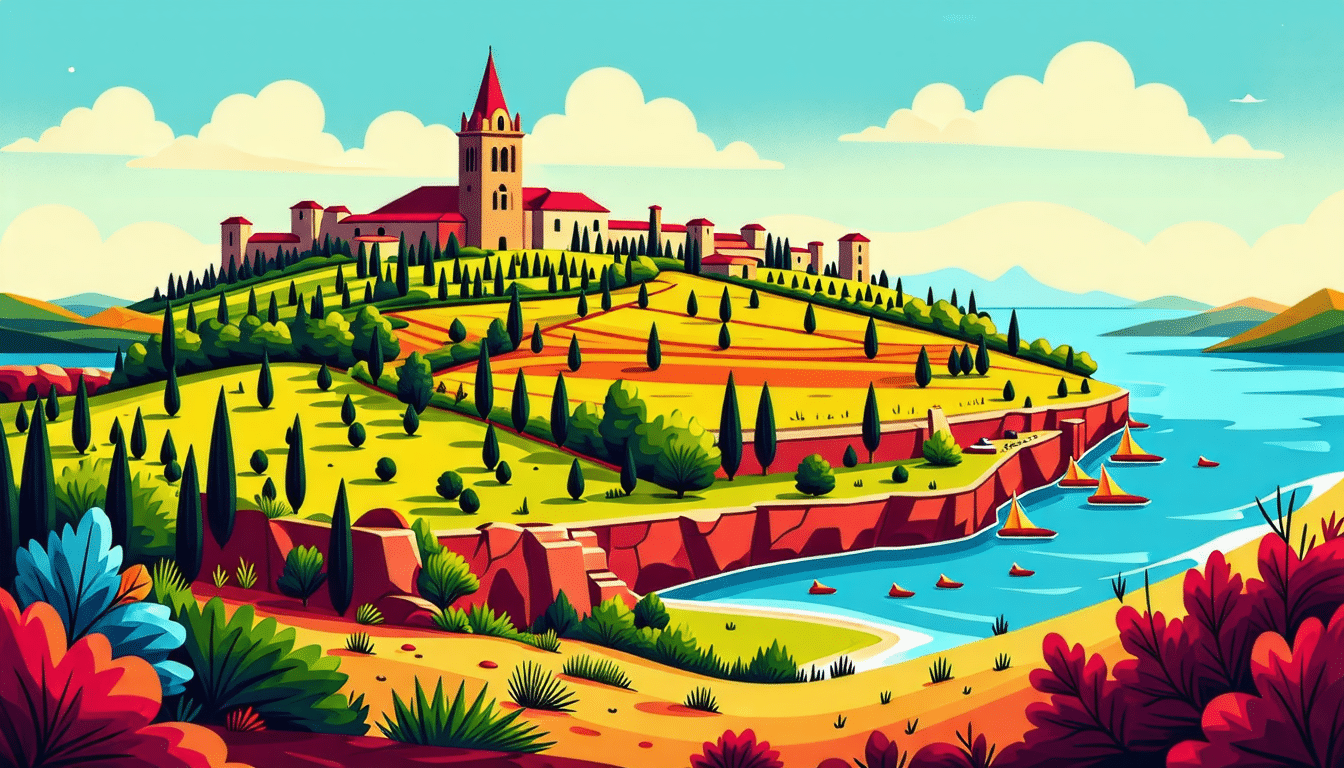In the twists and turns of the border between France and Spain, unusual situations sometimes arise. Imagine a piece of Spanish territory finding itself completely surrounded by France, a real piece of Spain isolated in the heart of French territory. How is it possible ? What are the implications of this complex and unusual situation to say the least? Let’s dive together into this curious phenomenon at the edge of European borders.
Unless you live in this picturesque corner of Pyrenees near Font-Romeu or you’re a fan of Franco-Spanish history, the name “Llivia” probably won’t mean much to you. And yet, this small town of 1,500 inhabitants, nestled at an altitude of more than a thousand meters in the Pyrénées-Orientales, hides a unique feature of its kind at the national level.
Because as surprising as it may seem, this town is not French, but Spanish, even if the border of its country of origin is several kilometers away. But how can a Spanish enclave was she able to remain in this way in the heart of French territory?
The Treaty of the Pyrenees: the origin of this anomaly
The exceptional situation of Llivia dates back to Treaty of the Pyrenees signed in 1659 by representatives of Louis XIV and the king of Spain at the time. This treaty aimed to end the war between the two nations while redefining their borders. In this redistribution of cards, the Cerdanya region and 33 of its villages, at the time Spanish, came under the French flag.
However, Llivia escaped this cession because it then held the status of a “town” and not a “village”. Thus, despite the numerous negotiations and their complexity, Llivia was officially declared Spanish by the Treaty of Llivia in 1660, on the sole condition that the city was never fortified and that a “neutral road” made it possible to connect the enclave to Spain.
A cultural and linguistic fjord
The visit to Llivia is a real dive into a unique universe. Despite its small size, this enclave is full of treasures: a Romanesque church, Our Lady of the Angels, one of the oldest pharmacies in Europe, preserved for centuries, and the remains of an old fortified castle dominating the panorama.
What also makes Llivia fascinating is her Catalan identity deeply rooted. Catalan traditions and festivities punctuate the daily life of this town where Catalan is the mainly spoken language, well before French or Spanish. Local gastronomy and folklore add an extra touch to this intense cultural experience.
What to do in Llivia?
For those who love outdoor activities, Pyrenees surrounding areas offer a multitude of possibilities. In winter, snow sports like skiing or hiking take center stage. In all seasons, hiking tours allow you to discover breathtaking landscapes and enjoy the serene calm of the mountains.
Points of interest not to be missed
- Notre-Dame-des-Anges: a magnificent Romanesque church.
- One of the oldest pharmacies in Europe: preserved identically for centuries.
- The remains of the old castle: offering a breathtaking view of the surrounding area.
Llivia mainly attracts visitors curious to discover this geographical and cultural anomaly in the heart of France. It is a destination of choice for those who wish to immerse themselves in a unique experience, combining history, culture and nature, all in a setting of unspoilt beauty.
For more information about Llivia, visit: llivia.org









